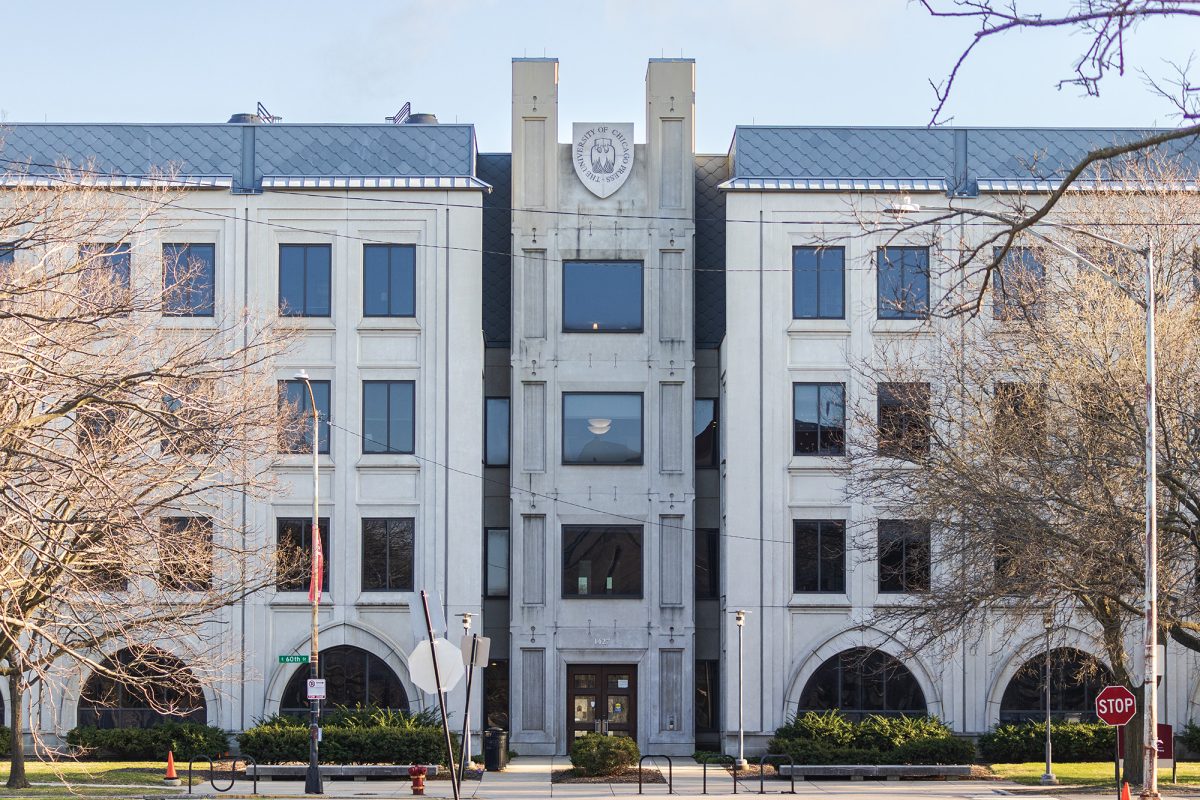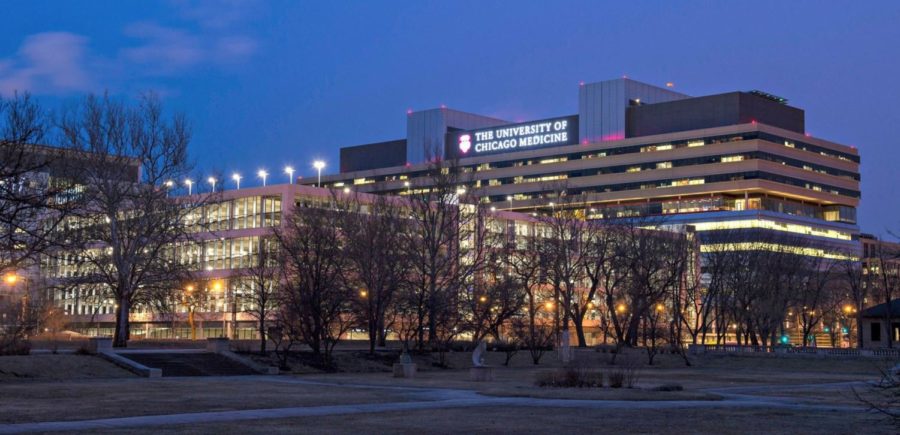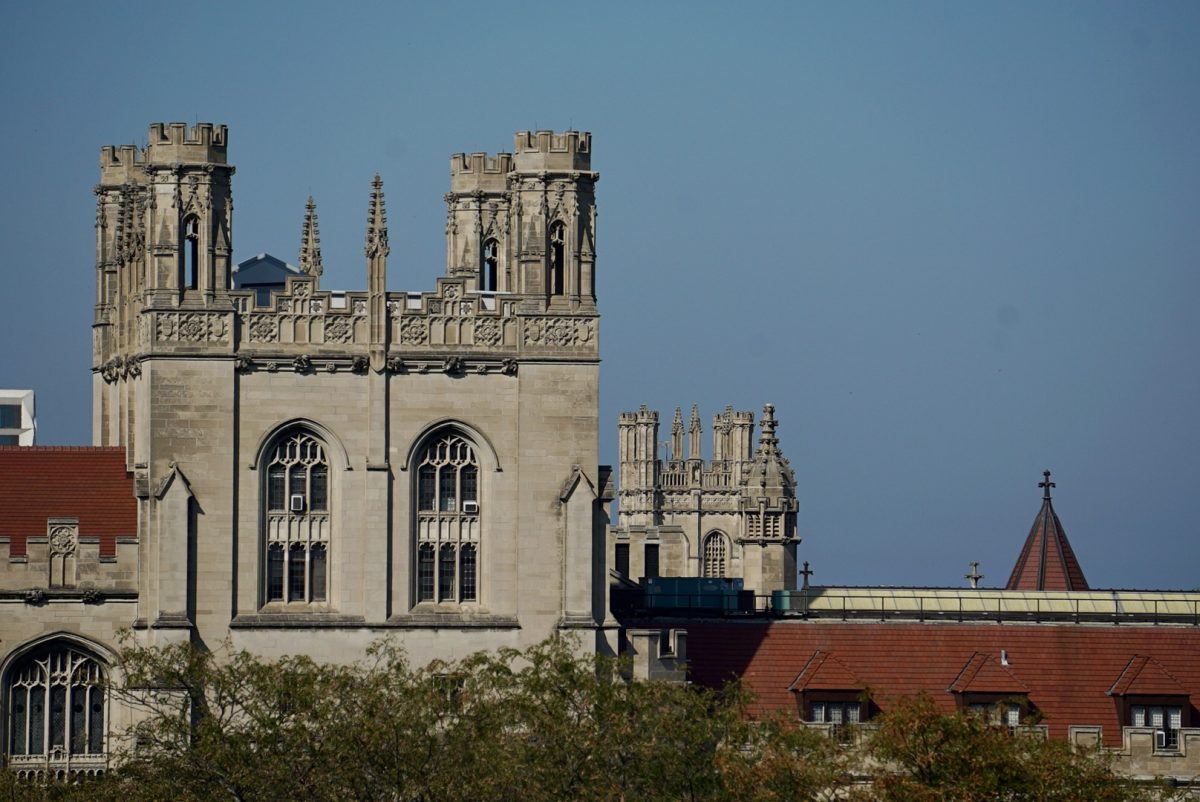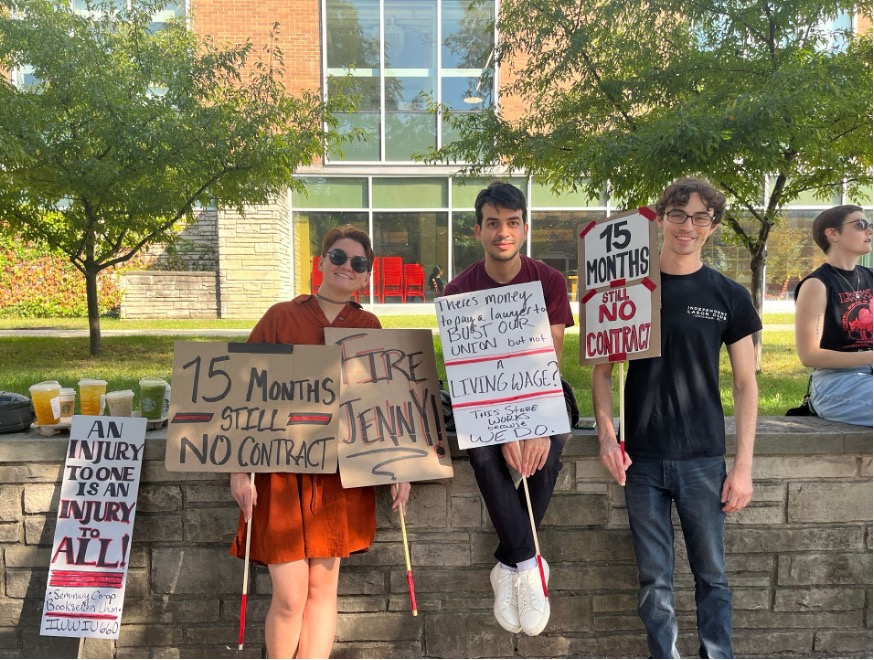Egyptologist Barry Kemp shared his team’s latest discoveries from an ancient burial site in the city of Amarna Wednesday night at the Oriental Institute.
The finds indicate that Amarna was a sun-worshipping city, Kemp said.
“Archeology is a moving frontier: There are always more questions and uncertainties, as is the case in all humanities,” Kemp said.
When Kemp and his colleagues unearthed bodies from the cemetery, their orientation was towards the sun, characteristic of the city’s unique sun-worshipping religion.
At the time, most cities were polytheistic, but the pharaoh of Amarna established the city in order to exclusively worship the sun god in what Kemp called a unique “social experiment.”
Kemp described the miniature, pyramid-shaped grave markers found at the cemetery and presented pictures of intact bodies, intricate jewelry, and miniature statues of gods.
Kemp and his team are in the process of creating a topographic model of the excavated city that would be so detailed it would map out where specific bones and torsos are located. They are also looking to extract and analyze DNA samples from intact teeth.
Kemp has been doing research in Amarna “for longer than Amarna had been occupied,” joked Gil Stein, the director of the Oriental Institute. For almost 40 years, Kemp has been doing excavations and field studies in Amarna in conjunction with the Egypt Exploration Society.








